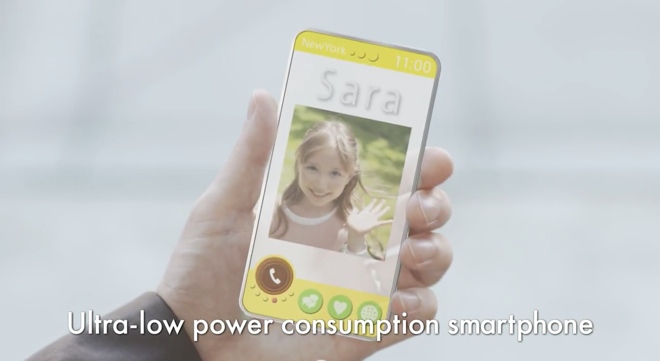Sharp, one of Japan’s three struggling consumer electronics giants (the other two are Sony and Panasonic), showed off its IGZO panels at the Consumer Electronics Show in Las Vegas. Last we heard, Apple was hoping to use IGZO tech in upcoming products. It’s interesting Sharp’s demonstration included Corning, the maker of the iPhone’s cover glass that in its third-generation boasts 40 percent higher scratch resistances and 50 percent better overall strength. Sharp’s IGZO technology requires only a fraction of energy compared to traditional LCD screens and provides richer, livelier colors, deeper blacks and overall sharper images while maintaining the thinness of in-cell display tech featured on the iPhone 5…
Topeka Capital Markets analyst Brian White (via AppleInsider) was in attendance for Sharp’s event and came away pretty impressed. He is adamant that IGZO screens will find their way into future iPhones, iPods and iPads.
He said he believes Apple is a “prime candidate” to adopt IGZO in future devices as the abilities of the technology include twice the resolution of a conventional LCD screen with up to 90 percent power savings.
“Even after turning off the power of a device, IGZO allows the image to continue to be displayed on the screen”, he told the publication. In addition, IGZO technology only uses extra power when the user presses the screen. The analyst believes that Apple “increasingly requires new innovative display technologies to compete with Samsung”.
Sharp is the first to successfully mass-produce IGZO panels. The semiconductor material combining indium, gallium, zinc and oxide (hence the name) replaces the standard amorphous silicon material used for the active layer in thin-film transistors.
A recent report claimed Apple intends to refresh iOS devices this year with IGZO panels, reportedly turning to Innolux which has reportedly been licensed to use Sharp’s IGZO display tech on its 3G and 5G lines.
Key advantages of IGZO, according to Sharp, are:
• super high-resolution and clarity: IGZO’s transistors are much smaller than traditional LCDs and have significantly higher electron mobility. Therefore, more data can be shown in a single display, creating a stunningly detailed image – up to four times that of conventional full-HD or 1080p LCDs
• ultra-low power consumption: IGZO can maintain the onscreen data for a certain period of time without refreshing the data, even when the current is off. This helps cut back the power consumption to achieve longer battery life for displays
• high performance touch response: Compared to conventional LCDs, IGZO displays have drastically minimized the noise caused during touch input. This allows for quick, easy, more natural-feeling writing and smooth lines
While the possibilities for this technology are far reaching, Sharp is already implementing IGZO technology in its displays, notebooks, tablet PC, monitors and smartphones available today.
It is adamant that IGZO devices will surge and – putting its money where its mouth is – released own Aquos Pad SHT 21, sold in the Japanese market only, with a seven-inch IGZO screen.
The question is, have yield rates improved enough and is Sharp capable of mass-producing these panels on the kind of scale required by Apple, whose annualized sales rate for iOS devices tops 200 million units now, and growing?
